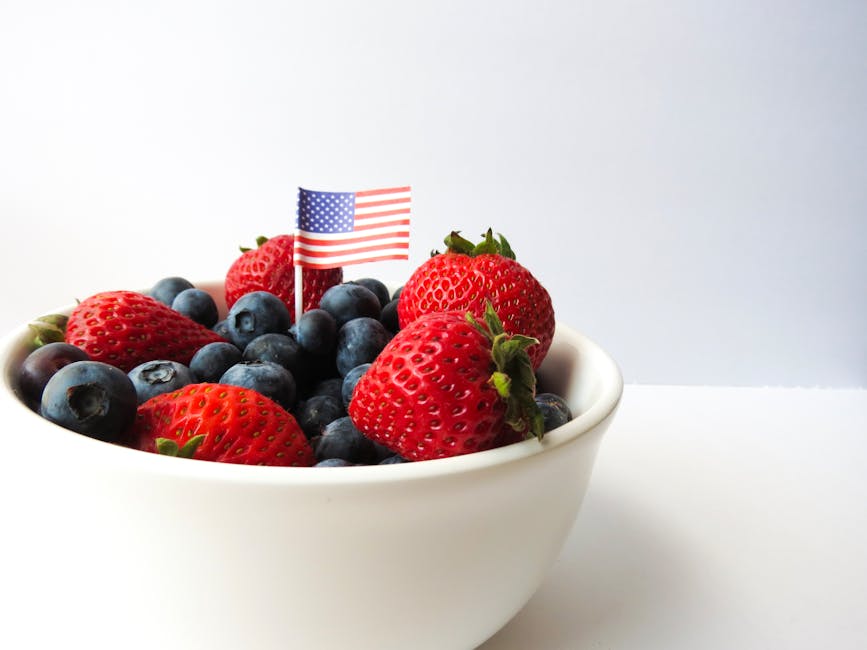
The festive season in Spain is a vibrant tapestry of cultural traditions, bustling family gatherings, and, of course, an array of delightful culinary treats. As Spain is renowned for its rich and diverse cuisine, the holiday season offers an excellent opportunity to indulge in traditional flavors while maintaining a healthy balance. For international readers in the United States and Europe who are keen to experience Spanish delicacies during the 2025 festive season, this guide offers insights into enjoying holiday treats with a nutritional twist. Read on to discover how you can savor the essence of a Spanish holiday while keeping your health and wellness goals in check.
The Essence of Spanish Holiday Cuisine
Spanish holiday meals are often a reflection of regional diversity, combining a variety of fresh ingredients and traditional techniques. Key elements like olive oil, fresh produce, and seafood play a prominent role in creating dishes that are both delicious and nutritious. As you prepare to enjoy these festive treats, consider integrating the following nutritional insights to enhance your experience.
Olive Oil: The Heart of Healthy Spanish Cooking
Olive oil, particularly extra virgin olive oil, is a staple in Spanish cooking and is celebrated for its health benefits. Rich in monounsaturated fats and antioxidants, olive oil can help reduce inflammation and promote heart health. Whether drizzled over salads or used in cooking, incorporating olive oil into your holiday meals is a simple way to elevate the nutritional profile of your dishes.
- Tip: Opt for cold-pressed extra virgin olive oil to maximize health benefits.
- Usage: Use it in marinades, salad dressings, or as a finishing touch on grilled vegetables.
Fresh Seafood: A Nutrient-Rich Tradition
Spanish coastal regions are known for their abundance of fresh seafood, which often features prominently in holiday feasts. Seafood is a great source of lean protein, omega-3 fatty acids, and essential vitamins and minerals. Traditional dishes like gambas al ajillo (garlic shrimp) and bacalao (codfish) can be both indulgent and health-conscious when prepared with minimal added fats and seasonings.
- Tip: Choose grilling or baking over frying to retain the nutrients and keep calories in check.
- Usage: Pair with a fresh salad or steamed vegetables for a balanced meal.
Whole Grains and Legumes: Sustaining Energy
Whole grains and legumes are integral to many Spanish dishes, providing sustained energy and essential nutrients like fiber, protein, and B vitamins. Traditional recipes such as paella can be adapted by using whole grain rice and adding beans or lentils for extra nutrition.
- Tip: Replace refined grains with whole-grain options wherever possible.
- Usage: Experiment with quinoa or barley in traditional recipes for a modern twist.
Spanish Holiday Treats: Indulgence with a Healthful Approach
The Spanish holiday season is synonymous with an indulgence in sweets and desserts. From rich nougats to sweet pastries, the choice is enticing. Here are some popular treats and tips on how to enjoy them healthfully.
Turrón: The Iconic Spanish Nougat
Turrón is a traditional Spanish nougat made from honey, sugar, egg whites, and toasted almonds. It’s a festive favorite, offering a sweet crunch that is hard to resist. To enjoy turrón without compromising your health goals, consider moderation and mindful pairing.
- Tip: Opt for varieties with a higher almond content for a dose of healthy fats and protein.
- Usage: Enjoy small pieces alongside fresh fruits like pears and apples to balance sweetness.
Polvorones and Mantecados: Melt-in-the-Mouth Delights
These crumbly shortbread cookies are a staple during the holiday season. Made traditionally with lard, flour, and almonds, they can be high in calories. However, healthier versions using almond flour and olive oil are gaining popularity.
- Tip: Make or seek out recipes using plant-based oils and whole grain flours.
- Usage: Serve with a cup of herbal tea for a cozy and satisfying treat.
Roscón de Reyes: A Festive King Cake
This colorful, ring-shaped cake is a holiday tradition, particularly on Día de los Reyes (Three Kings Day). Typically adorned with candied fruits and nuts, it offers a festive finish to holiday meals. While it can be high in sugar, there are ways to enjoy it more healthfully.
- Tip: Choose versions with less added sugar and more natural toppings like fresh fruits and nuts.
- Usage: Consider smaller portions and pair with unsweetened almond milk or a plant-based yogurt.
Balancing Indulgence with Wellness
Enjoying the rich flavors of Spanish holiday treats doesn’t mean sacrificing your health goals. The key is balance and mindful consumption. Here are some general tips to help you navigate the holiday season with wellness in mind:
- Practice Portion Control: Choose smaller portions of your favorite treats to savor the experience without overindulging.
- Stay Hydrated: Keep hydrated with water or herbal teas to aid digestion and reduce the urge to overeat.
- Stay Active: Incorporate physical activity into your holiday routine. A walk after meals can aid digestion and keep energy levels up.
- Mindful Eating: Slow down and savor each bite, focusing on the flavors and textures to enhance satisfaction.
FAQ
Q: Are traditional Spanish holiday treats gluten-free?
A: Many traditional treats are not gluten-free, but you can find or make versions using alternative flours like almond or rice flour for a gluten-free option.
Q: How can I make a lower-sugar version of turrón?
A: Use natural sweeteners such as honey or agave syrup in moderation and add more nuts to balance flavors while reducing sugar content.
Q: What are some Spanish holiday treats suitable for vegans?
A: Vegan substitutes for butter and milk can be used in treats like polvorones, and plant-based ingredients like almond flour and olive oil can create vegan-friendly versions of traditional favorites.
Q: Can I enjoy Spanish holiday treats while on a weight-loss journey?
A: Yes, with mindful eating and portion control, you can enjoy these treats in moderation as part of a balanced diet.
Q: What is a healthy beverage option to pair with holiday treats?
A: Herbal teas, infused water, or light non-alcoholic beverages like sparkling water with a splash of citrus can complement the flavors without adding excess calories.
Conclusion
Indulging in the delightful treats of the Spanish holiday season can be a joyful experience without compromising on health. By focusing on portion control, choosing healthier versions of traditional recipes, and balancing your diet with nutritious foods, you can savor these festive flavors while maintaining your wellness goals. As you enjoy the vibrant culinary traditions of Spain this festive season, may your holidays be filled with health, happiness, and a little taste of indulgence.


